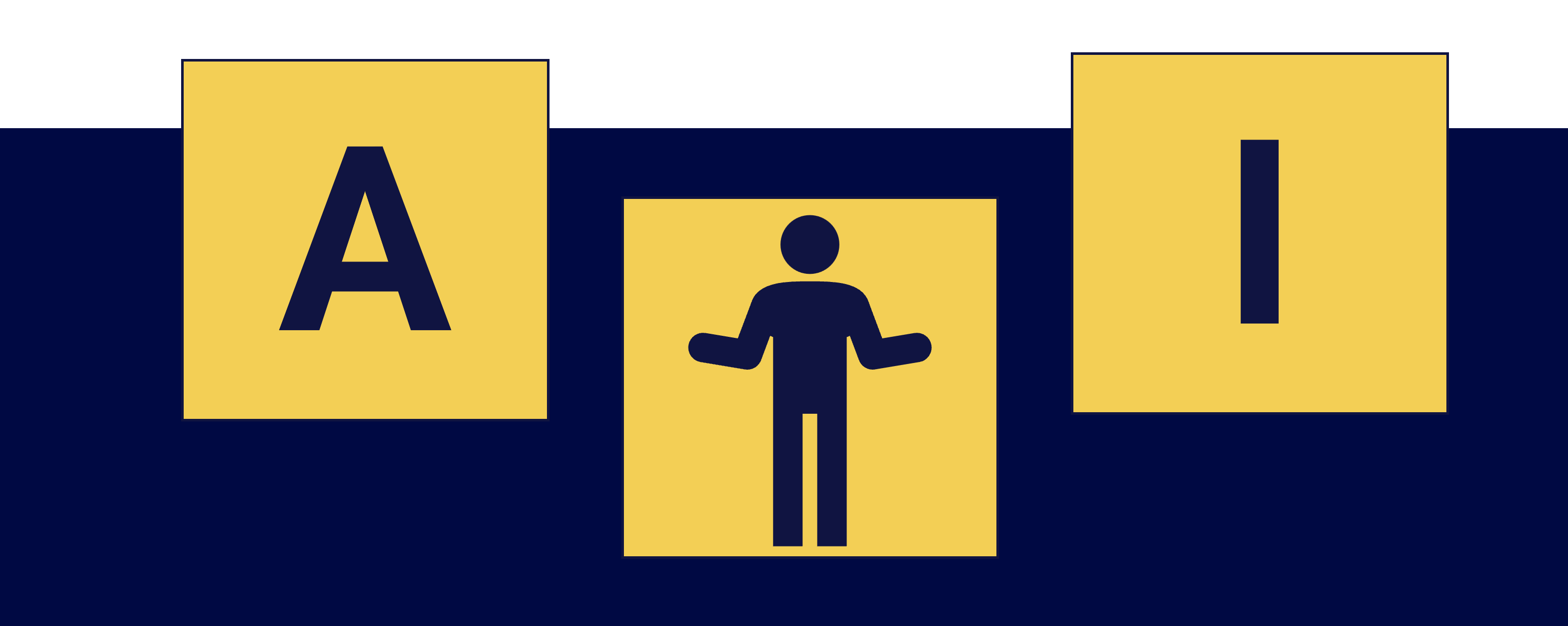Production Planning vs Demand Planning: Key Differences Explained
Discover the essential variances between production planning and demand planning for manufacturing companies
Understanding Production Planning
Production planning is the process of determining the production capacity and resources needed to meet the demand for a product.
It involves creating a detailed schedule that outlines when and how much of each product should be produced.
Factors considered in production planning include available resources, production costs, and customer demand.
The goal of production planning is to optimize the production process and ensure that products are produced efficiently and on time.
Understanding Demand Planning
Demand planning is a forward-looking process of predicting customer demand for a product.
It involves analyzing historical sales data, market trends, and other factors to predict future demand.
Demand planning helps companies determine how much of a product to produce or purchase in order to meet customer demand.
The goal of demand planning is to minimize stockouts and excess inventory, thereby improving customer satisfaction and reducing costs.
Key Differences Between Production Planning and Demand Planning
Within the framework of supply chain management, production planning and demand planning are two fundamental processes with distinct focuses, objectives, and methodologies. Their differences are pivotal in ensuring a business's operational efficiency and its adaptability to market demands. This section expands on these differences, highlighting the decision-making processes involved and summarizing the distinctions in a comparison table.
1. Focus and Scope
-
Production Planning: Concentrates on the internal optimization of the manufacturing operations. It involves detailed scheduling, resource allocation, and workflow management to ensure efficient production.
-
Demand Planning: Externally oriented, focusing on understanding and predicting market demand to align supply chain operations accordingly. It utilizes sales data, market trends, and customer feedback.
2. Objectives
-
Production Planning: Aims to maximize manufacturing efficiency, ensuring products are produced on time, at the right cost, and to quality standards.
-
Demand Planning: Seeks to accurately forecast customer demand, optimizing inventory levels and ensuring product availability without surplus.
3. Data Utilization
-
Production Planning: Utilizes internal data such as production capabilities, machine capacities, and work order statuses, emphasizing process efficiency and resource management.
-
Demand Planning: Leverages both internal and external data, including sales history, market trends, and consumer insights, focusing on predicting future demand.
4. Decision-Making Process
-
Production Planning: Decisions focus on "how" to produce the required products efficiently. This includes determining batch sizes, production sequences, and maintenance schedules.
-
Demand Planning: Centers on "what" and "how much" to produce or stock. It involves setting inventory levels, adjusting procurement strategies, and aligning production with forecasted demand.
5. The Role of AI
AI techniques transform both demand forecasting and production planning:
- In Demand Forecasting, techniques such as Time Series Analysis, Machine Learning Algorithms, Deep Learning, and Natural Language Processing (NLP) refine demand predictions by analyzing historical data and market sentiments.
- In Production Planning, Optimization Algorithms, Heuristics, Simulation Modeling, and Reinforcement Learning enhance resource allocation, maintenance planning, and the flexibility of production schedules.
| Aspect | Production Planning | Demand Planning |
|---|---|---|
| Focus | Internal manufacturing processes | Market demand and sales forecasts |
| Objective | Optimize efficiency and quality in production | Align inventory with anticipated demand |
| Data Utilized | Production capacities, resource availability, process metrics | Sales history, market trends, customer insights |
| Decision-Making | How to produce efficiently (batch sizes, sequences) | What and how much to produce (inventory levels, procurement) |
| AI Techniques | Optimization algorithms, predictive maintenance | Machine learning for demand forecasting, NLP for sentiment analysis |
Integrating Production and Demand Planning: A Strategic Approach
The strategic integration of production planning and demand planning is essential for creating a responsive, efficient supply chain capable of meeting today's dynamic market demands. This integration forms the backbone of an effective Sales and Operations Planning (S&OP) process, which harmonizes various business functions to achieve balanced supply and demand, operational excellence, and strategic alignment across an organization.
The Integration Process
- Data Harmonization: The first step involves consolidating and harmonizing data from both production and demand planning processes. This unified data pool facilitates accurate analysis and forecasting, serving as a foundation for informed decision-making.
- Collaborative Forecasting: Cross-functional teams, including sales, marketing, operations, and finance, collaborate to create a consensus-based forecast. This forecast integrates market intelligence, customer insights, and production capabilities, ensuring all departments align with the business objectives.
- Capacity and Resource Planning: Utilizing the consensus forecast, production planners assess manufacturing capabilities and resources to ensure they can meet the predicted demand. This step may involve adjusting production levels, reallocating resources, or implementing efficiency improvements.
- Gap Identification and Scenario Planning: The S&OP process identifies any gaps between the demand forecast and production capacity. Teams use scenario planning to evaluate different strategies for closing these gaps, such as demand shaping, supply chain adjustments, or changes in inventory strategy.
- Action Plan Development: Once a preferred scenario is selected, a detailed action plan is developed. This plan outlines specific steps to align production with demand, including timelines, responsibilities, and key performance indicators (KPIs) for monitoring progress.
- Execution and Monitoring: The action plan is executed, and its effectiveness is continuously monitored against the established KPIs. This ongoing evaluation allows for real-time adjustments to the plan as market conditions or production capabilities change.
- Review and Continuous Improvement: Regular S&OP meetings review performance, discuss lessons learned, and identify opportunities for continuous improvement in the planning processes.
Role within S&OP
In the S&OP process, the integration of production and demand planning plays a critical role in:
-
Balancing Supply and Demand: Ensures that production capacity and inventory levels are optimally aligned with market demand, minimizing stockouts and excess inventory.
-
Operational Alignment: Aligns various business functions towards common goals, enhancing communication, collaboration, and efficiency across departments.
-
Strategic Decision-Making: Provides a platform for strategic decision-making, allowing businesses to proactively address challenges, capitalize on opportunities, and align operational plans with long-term business strategies.
-
Risk Management and Resilience: Enhances the company's ability to manage risks and respond resiliently to supply chain disruptions or market volatility.
Integrating production and demand planning within the S&OP framework is not just about aligning two processes—it's about creating a cohesive, agile strategy that propels the business forward. This comprehensive approach ensures that companies can navigate the complexities of supply chain management, adapt to changes swiftly, and sustain competitive advantage in a fluctuating market landscape.
Want to know more about demand planning or production planning ? Book a free appointment with one of our consultants to discuss your challenges.


